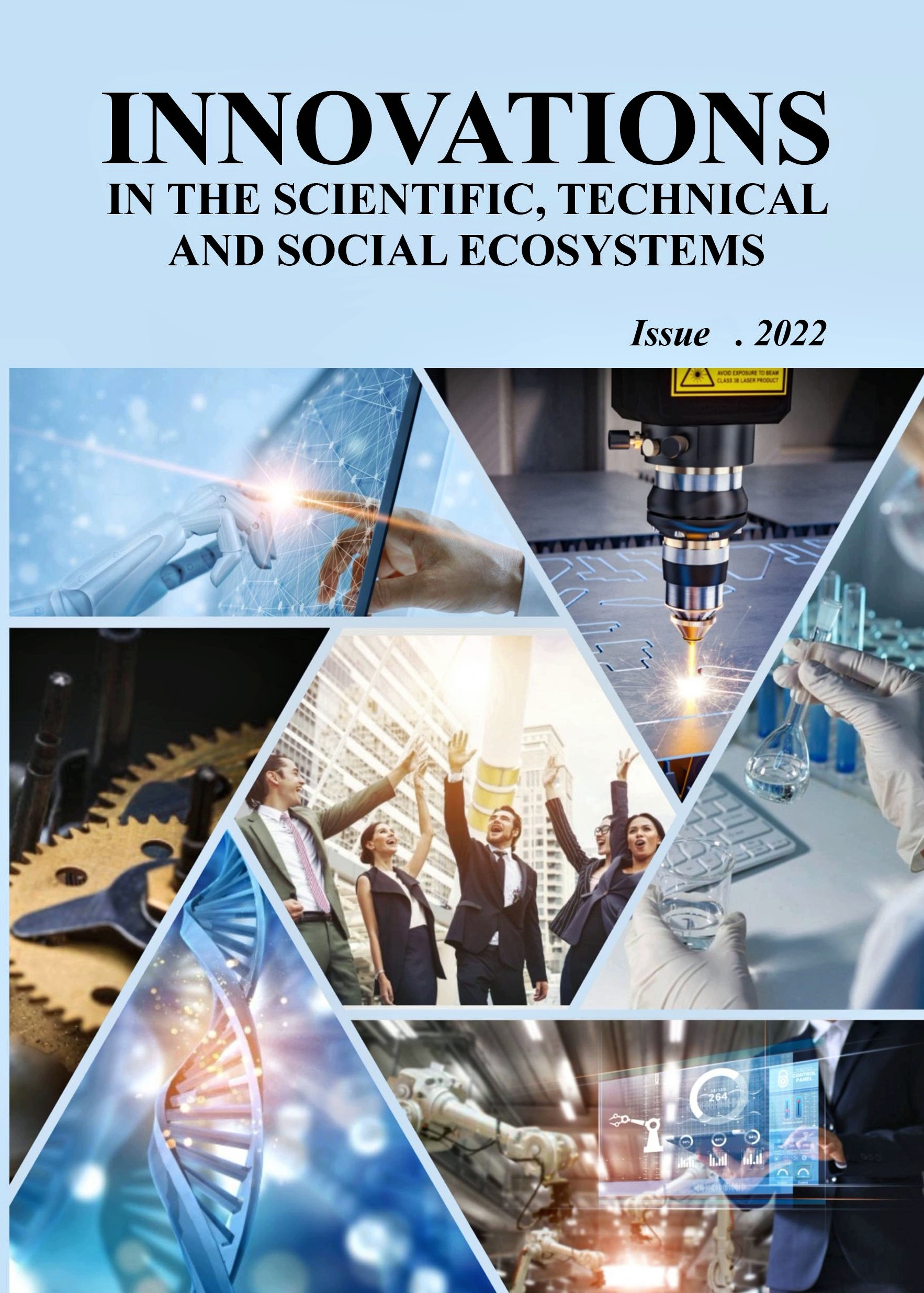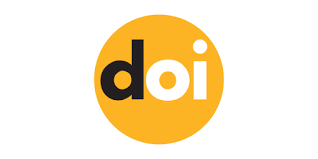PHOTO CONTENT OF COMMUNICATION PLATFORMS AS A MECHANISM OF OPPOSING RUSSIAN PROPAGANDA (ON THE EXAMPLE OF THE UKRAINIAN WAR OF LIBERATION)
DOI:
https://doi.org/10.56378/DAOS02122022Keywords:
social networks, communication platforms, propaganda, photo contentAbstract
The purpose. To outline the photo content of communication platforms as one of the most powerful levers of opposition to Russian propaganda in the media environment. The scientific novelty lies in the latest approaches to the visualization of the content of communication platforms as a way of countering the propaganda that the russian federation is waging against Ukraine during the information war. This issue is studied very deeply. Every day the aggravation takes place not only on the geographical, but also on the informational front of the liberation war. Communication platforms having distanced themselves from social networks, Internet trading platforms and network channels have turned into an autonomous and unique plane. Photos play a key role. Conclusions. The article offers vision of mechanisms for countering communication platforms as components of the communication process, capable of resisting russian propaganda. Photography is considered as key factor in the visualization of content and the possibility of building resistance mechanisms in the minds of the audience. At the time when Ukraine is suffering from missile attacks and has interruptions with light and communication, photography remains the leading element of creating a visual component of communication. It weighs much less than streams and audio files that may not be uploaded to the user's phone due to a lack of traffic. The photo content of modern communication platforms and channels are the most accessible to the Ukrainian audience due to their efficiency and interactivity has been analyzed in this work. Among them: “This is Kryvyi Rih, baby”, “Ukraine online”, “Ukraine in shock”, “Crimean Tatarian resource center”.
References
Bohush, L. A. (2021). Vplyv media na formuvannya hromadsʹkoyi dumky u sviti [Influence of the media on the formation of public opinion in the world]. Naukovi zapysky Tavriysʹkoho natsionalʹnoho universytetu imeni V. I. Vernadsʹkoho. Seriya: Filolohiya. Zhurnalistyka, tom 32 (71) №1. Chastyna 3. рр. 299−302. Available at: http://www.philol.vernadskyjournals.in.ua/journals/2021/1_2021/part_3/52.pdf [in Ukrainian]
Carrillo, M., López-López, A. (2010). Concept Based Representations as complement of Bag Of Words in Information Retrieval [Text] / M. Carrillo, A. Lopez-Lopez // Artificial Intelligence Applications and Innovations. Berlin: Heidelberg Publ., рр. 154−161. [in English]
Dosenko, A., Iuksel, G., Synowiec, A., Pohrebniak, I. and Shevchenko, V. (2020). Communication Platforms: New Positions and Appointment (April 13, 2020). International Journal of Management (IJM), 11 (3), pp. 294–303. Available at: https://ssrn.com/abstract=3574568 [in English]
Dosenko, A., Shevchenko, V., Iuksel, G., Synowiec, O., Dibrova, V. (2020). Use of open data in Ukraine: some important aspects. Revista San Gregorio, special issue. No.42. DOI: http://dx.doi.org/10.36097/rsan.v1i42.1564. Available at: https://revista.sangregorio.edu.ec/index.php/REVISTASANGREGORIO/article/view/1564 [in English]
Huang, H. (2015). Propaganda is signaling. Comparative Politics, Volume 47, Number 4, pp. 419-444(26). DOI: https://doi.org/10.5129/001041515816103220 [in English]
Jason, S. (2015). How Propaganda Works. Princeton University Press. DOI: https://doi.org/10.1515/9781400865802 [in English]
Jolos, O. (2022). Inomovlennya Ukrayiny yak protydiya rosiysʹkiy propahandi pid chas viyny [Foreignization of Ukraine as a countermeasure to Russian propaganda during the war Business and low]. Business and Legislation, 15(2), рр. 22–27. Available at: https://ojs.b-k.ge/index.php/bk/article/view/756/722 [in Ukrainian]
Kononenko V.V., Lapshin S.A., Pylypenko T.I. (2020). Derzhavno-hromadsʹke upravlinnya osvitoyu v Ukrayini [State and public management of education in Ukraine]. Derzhavne upravlinnya: udoskonalennya ta rozvytok, [Online], vol. 1, Available at: http://www.dy.nayka.com.ua/?op=1&z=1548 (access date: 12/10/2022). [in Ukrainian]
R. de la Brosse, Lajmi, N., Ekelin, A. (2015). Media propaganda and human rights issues: What can be learnt from the former Yugoslavia’s experience in relation to the current developments in the Arab Spring countries? Journal of Arab & Muslim Media Research, Volume 8, Issue 1, pp. 21−36(16). DOI: https://doi.org/10.1386/jammr.8.1.21_1 [in English]
Zrazhevska, N. I. (2010). Komunikatsiyni tekhnolohiyi: lektsiyi [Communication technologies: lectures]. Cherkasy: Brama-Ukraine. 224 p. [in Ukrainian]
Downloads
Published
How to Cite
Issue
Section
Categories
License
Copyright (c) 2022 Анжеліка ДОСЕНКО, Олександра СІНОВЕЦЬ

This work is licensed under a Creative Commons Attribution-NonCommercial-NoDerivatives 4.0 International License.













